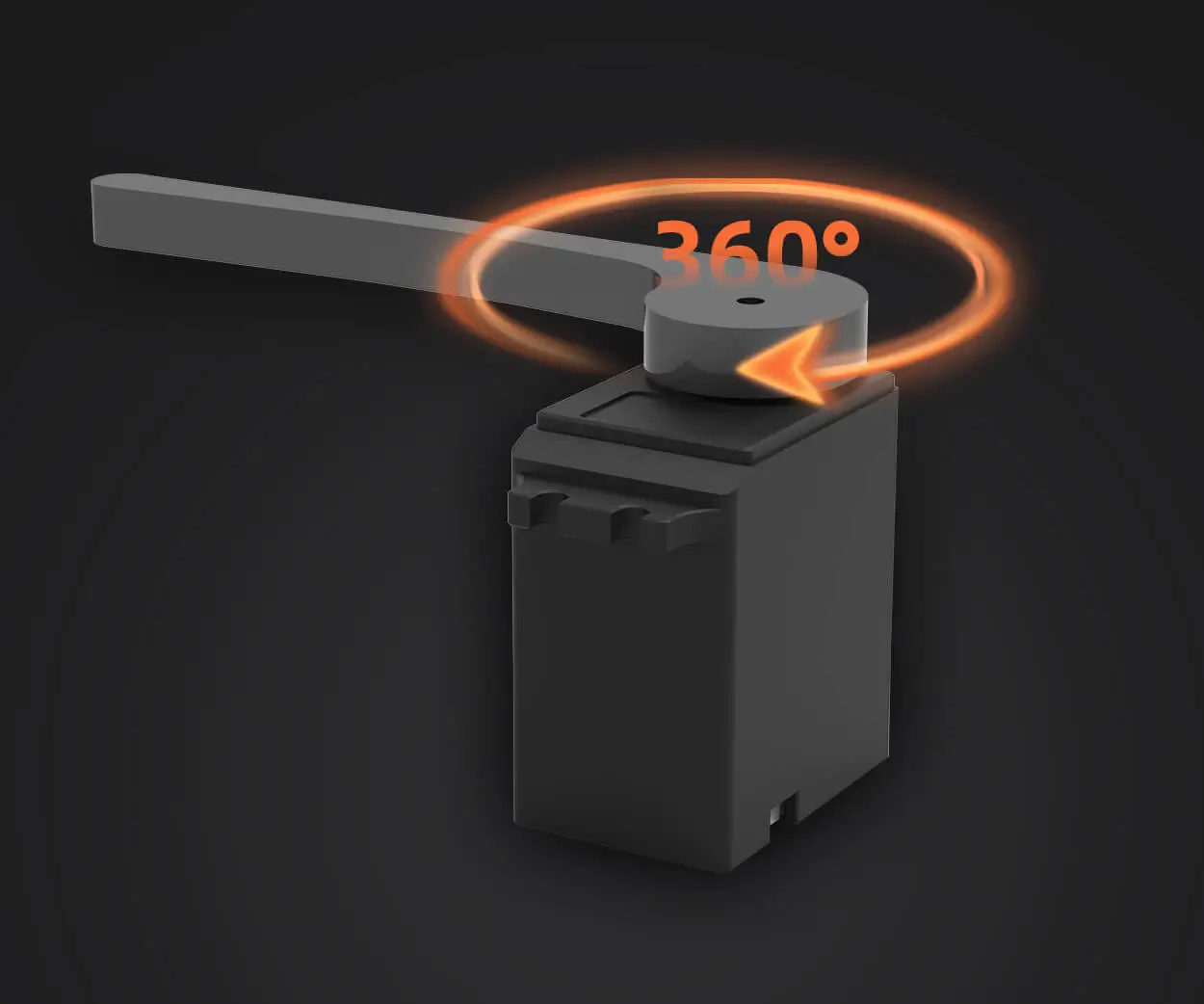Ever wondered how to put a lock on your microservices? It’s like trying to secure a busy neighborhood—lots of moving parts, buzzing activity, and a need for just the right lock on the gate. You’ve got all these small, nimble pieces working together, but the question is: “How do you keep bad actors out while letting the good traffic flow smoothly?”

First off, security isn't just about slapping on a few firewalls and calling it a day. It’s about building a layered fort. Think of it as a fortress with multiple defenses—each layer catching what slips through the last. Microservices are no different. You want a system that adapts, scales, and keeps vulnerabilities at bay, all while not holding back innovation.
API gateways can be your first line of defense. They act like bouncers—checking IDs, vetting requests, and making sure only legit traffic gets through. But it’s more than that. Strong authentication mechanisms pull users into the right lanes. Whether it’s OAuth, API keys, or tokens, the idea is to confirm who’s knocking before you open the door.
But doesn't it get complicated if each microservice has its own security set-up? That’s where centralized security policies come into play. Instead of patchwork solutions, you craft a unified strategy. Think of it as a security spreadsheet but much smarter—ensuring consistency without choking flexibility. Automation tools help enforce these rules in real-time, sniffing out anomalies before they cause trouble.
SSL/TLS encryption happens in the background, almost like a silent guardian, keeping data private as it zips around the network. Yes, it’s basic but vital—think of it as sealing secret messages in envelopes. Without it, everything’s out in the open, easy to hijack.
But let’s get real—what about vulnerabilities in the code itself? That’s where continuous security assessments come into play. Regular audits, penetration tests, and vulnerability scanning keep you alert. Remember, attackers don’t sleep. Your infrastructure needs to be refreshed, patched, and reinforced constantly.
Sometimes, it’s tempting to think: “Can’t I just lock everything down and forget about it?” Not a chance. Microservices are like a community—dynamic, constantly evolving, vibrant with activity. Security isn’t a one-time job; it’s a dance. Stay agile, stay alert, and keep a close eye on your traffic patterns.
If you’re asking how to lock down your microservices without sacrificing speed, the answer is layering security practices. It’s about setting up multiple hints, signals, and gates. And yes, you’ll need tools that adapt as fast as your environment changes. This isn’t about reactive firewall rules; it’s about proactive, intelligent defense.
All in all, secure microservices are less about Wall Street-style vaults and more about smart, flexible guardrails. Build them right, and you'll keep your applications running smoothly—confident, resilient, and ready for whatever comes.
Established in 2005, Kpower has been dedicated to a professional compact motion unit manufacturer, headquartered in Dongguan, Guangdong Province, China. Leveraging innovations in modular drive technology, Kpower integrates high-performance motors, precision reducers, and multi-protocol control systems to provide efficient and customized smart drive system solutions. Kpower has delivered professional drive system solutions to over 500 enterprise clients globally with products covering various fields such as Smart Home Systems, Automatic Electronics, Robotics, Precision Agriculture, Drones, and Industrial Automation.




































